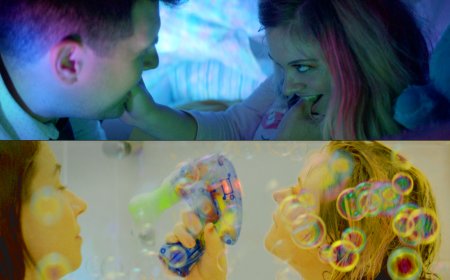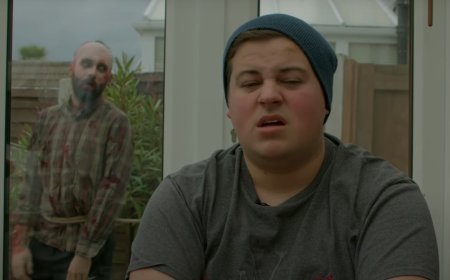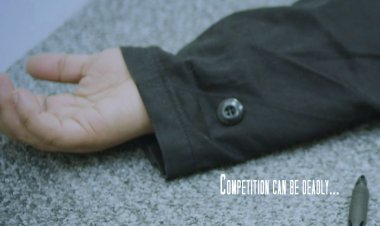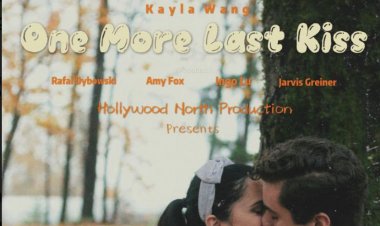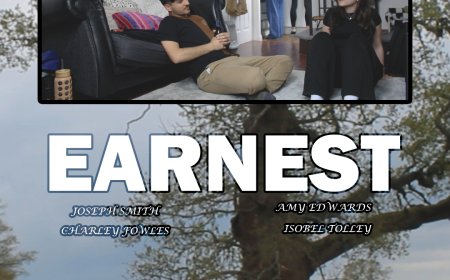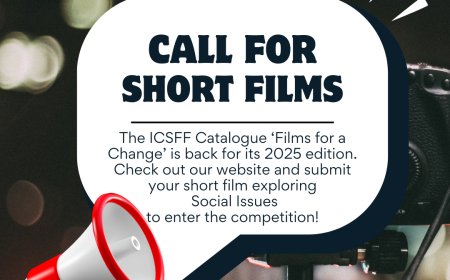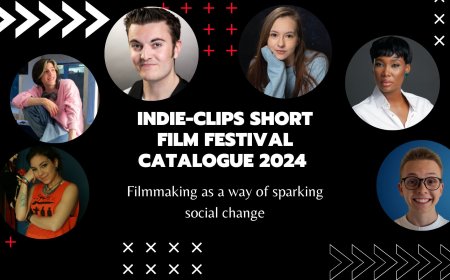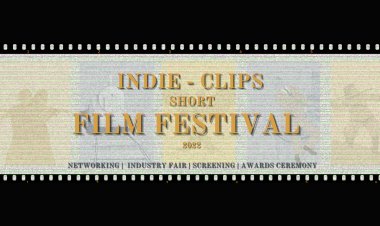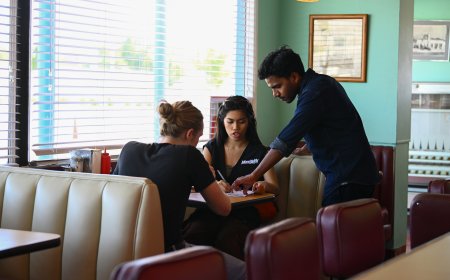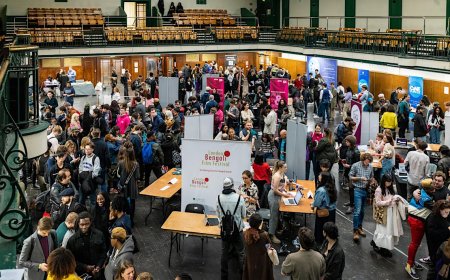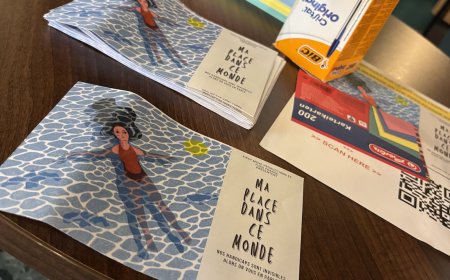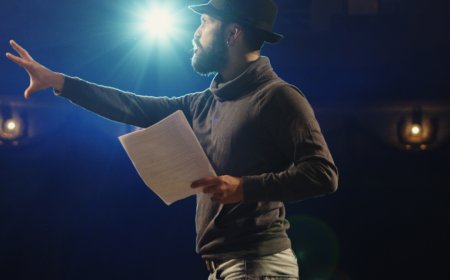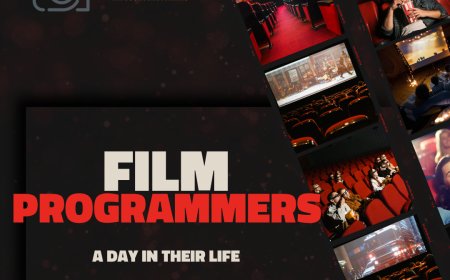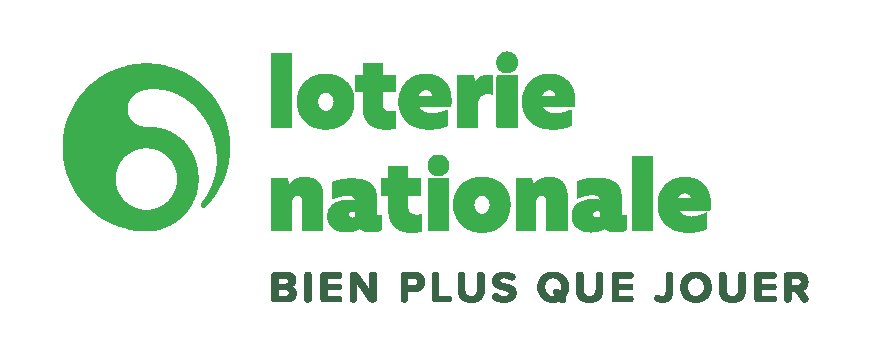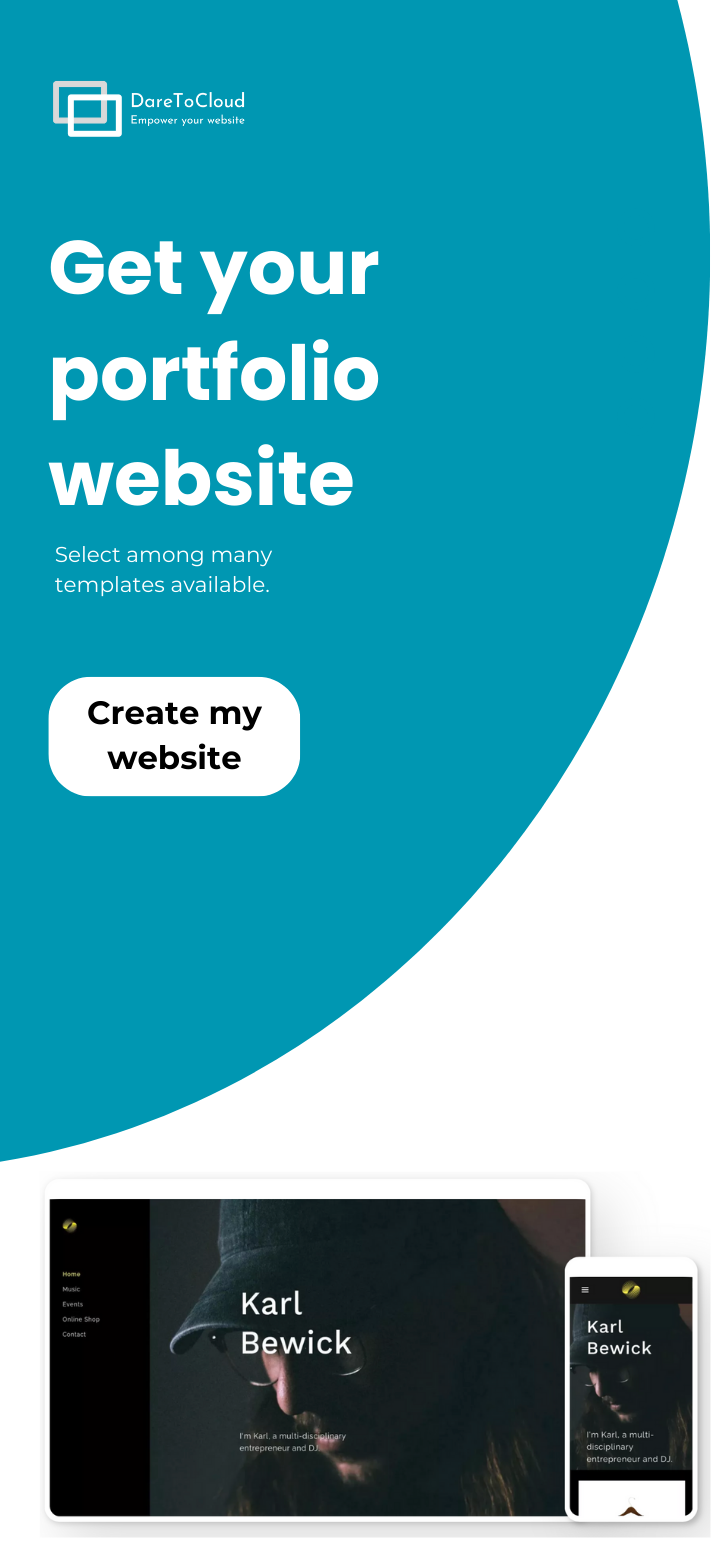Exploring Visual Narratives for Justice: A Pathway to Social Change
Imagine watching a short film that doesn't just entertain but also makes you think about justice and fairness in a new way. It's like seeing the world through someone else's eyes

The Magic of Visual Narratives for Justice

How Stories Shape Our World
Ever noticed how a great story can change your whole perspective? Stories have this wild power to affect how we see the world. They can make us feel things we never thought we could. It's like magic. Visual narratives, in particular, add a whole new layer to storytelling. They don't just tell you something—they show you. Imagine watching a short film that doesn't just entertain but also makes you think about justice and fairness in a new way. It's like seeing the world through someone else's eyes. Explore a collection of short films that do just that, and you'll see what I mean. These films don't just tell stories; they inspire change.
The Art of Seeing Differently
Visual narratives have this knack for making us see things differently. It's like putting on a new pair of glasses that show the world in a different light. Whether it's through photography, paintings, or digital art, visuals can highlight issues that words sometimes can't. They can bring attention to things that might otherwise go unnoticed. It's about creating a conversation, sparking curiosity, and maybe even a little bit of controversy. After all, sometimes you need to shake things up to make people pay attention.
Visuals That Speak Louder Than Words
You know the saying, "A picture is worth a thousand words"? Well, it's true. Visuals have a way of cutting through the noise and getting straight to the point. They can convey complex emotions and ideas with just a glance. In the realm of social justice, this is incredibly powerful. A single image can highlight an injustice, tell a story, and call people to action all at once. It's about creating an impact that sticks with people long after they've seen it. Visual narratives don't just tell you what to think—they invite you to explore, question, and understand.
Unleashing Creativity: Visual Storytelling as a Tool for Change
From Imagination to Impact
Visual storytelling is like a bridge between imagination and reality. It's where ideas come to life and make a real difference. Think about it: a single image can spark a movement or change a mind. It's all about taking what's in your head and putting it out there for the world to see. And it's not just about pretty pictures. It's about creating something that makes people stop and think.
Here's how you can turn your imagination into impact:
- Dream Big: Start with an idea that excites you. It doesn't have to be perfect, just something you're passionate about.
- Get Creative: Use whatever tools you have. Whether it's a camera, a paintbrush, or a computer, let your creativity flow.
- Share Your Work: Put your story out there. Share it with friends, family, or even the whole world.
Crafting Compelling Narratives
Crafting a good story isn't just for novelists or filmmakers. It's for anyone who wants to make a point or share a message. A storytelling fosters community spirit by enhancing communication. When you tell a story, you're not just sharing facts. You're creating an experience that others can connect with.
Here's what makes a narrative compelling:
- Relatability: Make sure your audience can see themselves in your story.
- Emotion: Don't be afraid to tug at the heartstrings. Emotions are what make stories stick.
- Clarity: Keep it simple. A clear message is always more powerful than a complicated one.
The Role of Innovation in Storytelling
Innovation is the secret sauce in storytelling. It's what keeps things fresh and exciting. With technology at our fingertips, there's no limit to what we can create. From virtual reality to interactive media, new tools are constantly changing the way we tell stories.
Consider these innovative storytelling methods:
- Augmented Reality: Bring your audience into the story with AR.
- Digital Storytelling: Use social media platforms to reach a wider audience.
- Interactive Narratives: Let your audience be part of the story, making choices that affect the outcome.
In the end, visual storytelling is all about connecting with others and driving change. Whether you're using a smartphone or a sophisticated camera, the goal is the same: to tell a story that matters. So go ahead, unleash your creativity, and see where it takes you!
Empowering Communities Through Visual Narratives
Voices of the Unheard
Visual narratives are like a megaphone for communities that often get sidelined. Imagine a small town with stories that never make it to the big screen. By using visuals, these tales get a chance to shine. Think of it as giving a voice to those who usually whisper. It's about capturing real-life moments, struggles, and triumphs that words alone can't express. When communities pick up the camera, they get to tell their own stories, their way. This is not just about sharing tales; it's about reclaiming them.
Building Bridges with Images
Images have this incredible ability to connect people. They can break down walls and build bridges between cultures, ideas, and generations. Imagine flipping through a photo album that tells a story of resilience and hope. Each picture is a piece of a bigger puzzle, showing not just what happened, but how it felt. By sharing these images, communities can reach out and say, "Hey, this is us. This is what we stand for." It's about creating a dialogue without saying a word.
Community-Led Storytelling
Here's where it gets really exciting—when communities take the lead in storytelling. It's like passing the microphone to the people who live the stories every day. They decide what to capture, what to highlight, and how to present it. This approach not only empowers them but also ensures authenticity. It's storytelling from the ground up, where every snapshot and clip is a piece of their reality. This method fosters a sense of ownership and pride, turning storytelling into a community affair.
The Intersection of Art and Activism

Photography as a Catalyst for Justice
Photography is more than just capturing moments; it's a powerful tool for justice. Over the years, it's been used to shine a light on social issues that need attention. Think about the iconic photos from the Civil Rights Movement or those haunting images of environmental destruction—they're not just pictures, they're calls to action.
In today's world, photography continues to play a crucial role in social justice movements. It captures the essence of activism and the struggles faced by marginalized communities. Exhibitions and documentaries like "Photographic Justice: The Corky Lee Story" remind us of the power of representation and storytelling. By prioritizing these narratives, art institutions can help us understand the complexities of social justice issues and inspire us to engage with them.
Artistic Expressions of Resistance
Art has always been a form of resistance. From protest songs to graffiti, artists have found ways to speak out against oppression and injustice. This form of resistance is not just about making noise; it's about making a statement. It's about challenging the status quo and demanding change.
Artists like Janelle Monáe, whose work exemplifies the blend of art and activism, use their platforms to highlight social issues and inspire change. Their art becomes a voice for the voiceless, a way to express what words alone cannot. It's this intersection of art and activism that drives cultural change and encourages us to see the world differently.
Curating Change: The Role of Exhibitions
Curatorial practices in exhibitions are more important than ever. By selecting works that emphasize the intersectionality of identity and social justice, curators create spaces for dialogue and reflection. These exhibitions allow us to engage in meaningful conversations about race, gender, and inequality.
The Indie-Clips Catalogue 'Films for a Change' is exactly about promoting short films that tackle the theme of social change. Got a short film you'd like to submit to get your story across to a wider audience ? Submit it for our Catalogue 2025!
What's Your Reaction?
 Like
0
Like
0
 Dislike
0
Dislike
0
 Love
0
Love
0
 Funny
0
Funny
0
 Angry
0
Angry
0
 Sad
0
Sad
0
 Wow
0
Wow
0
